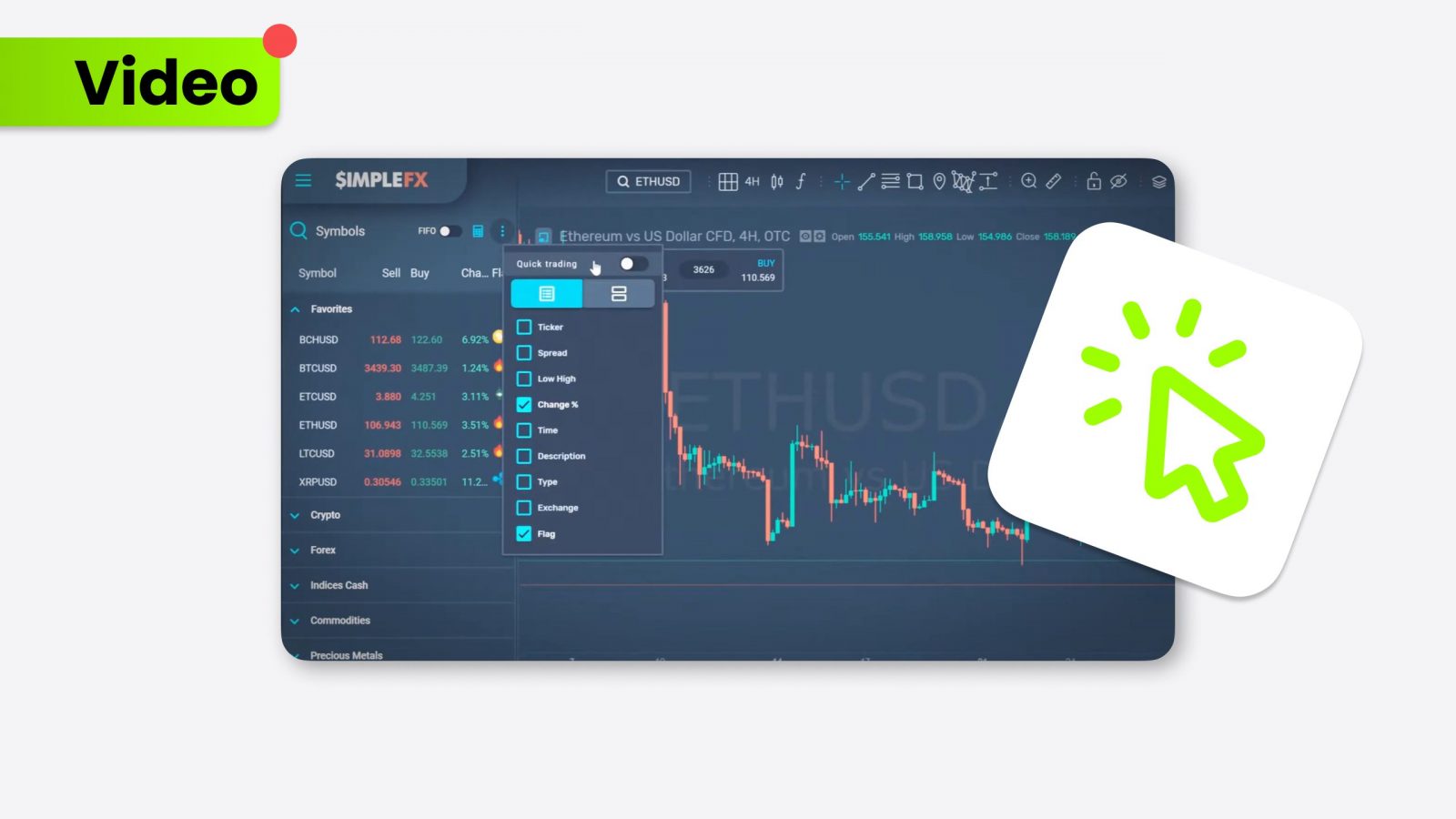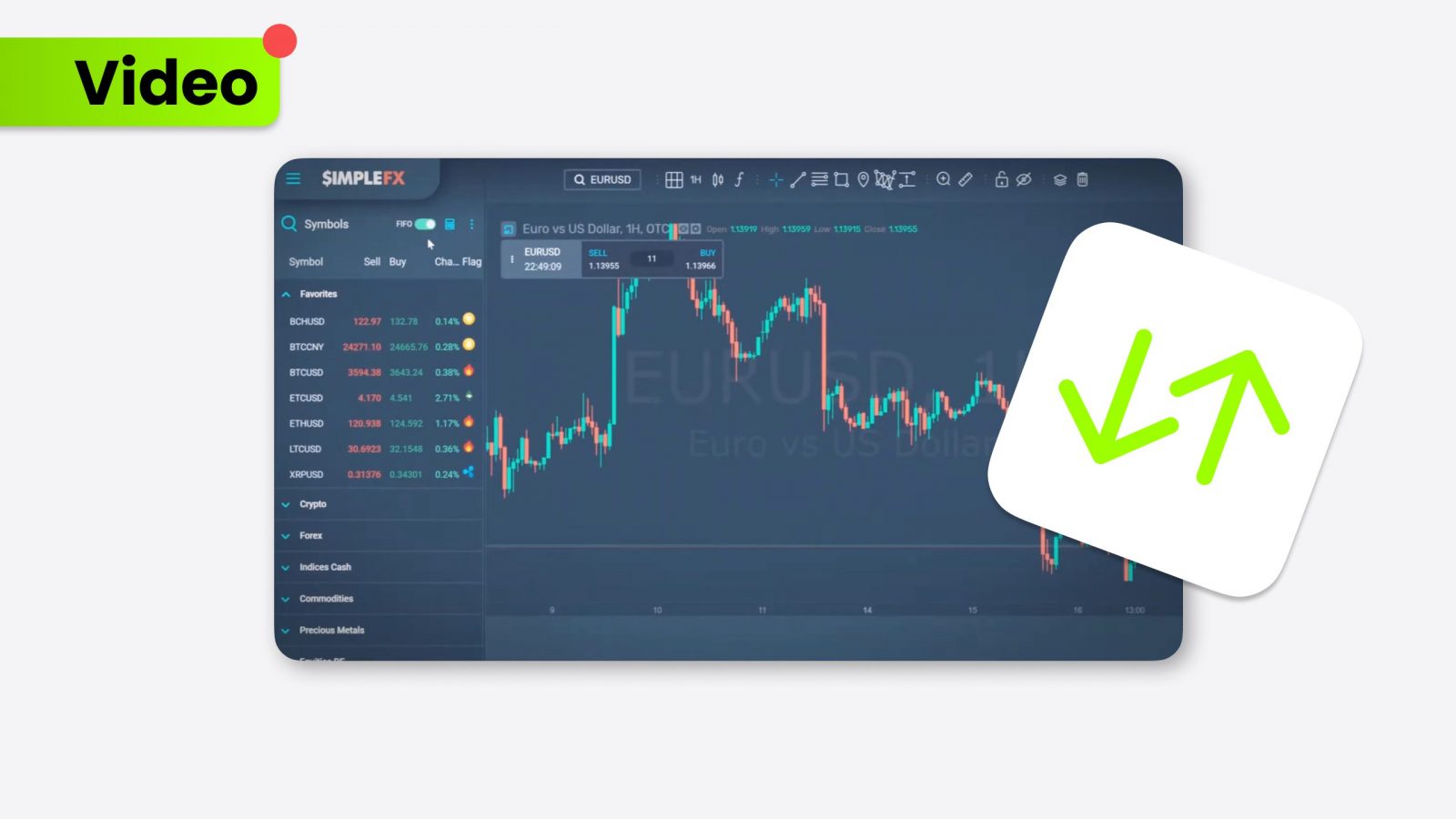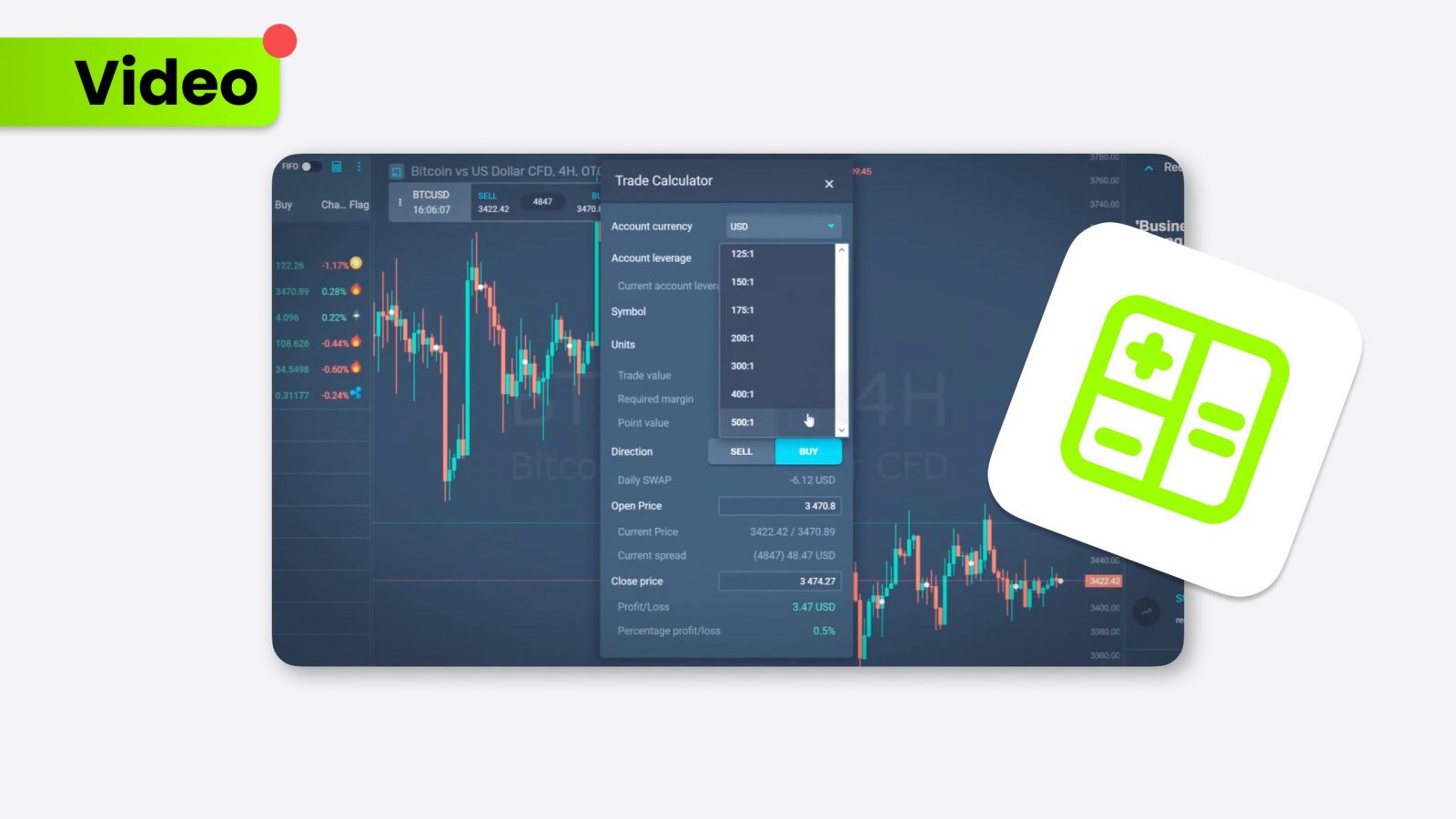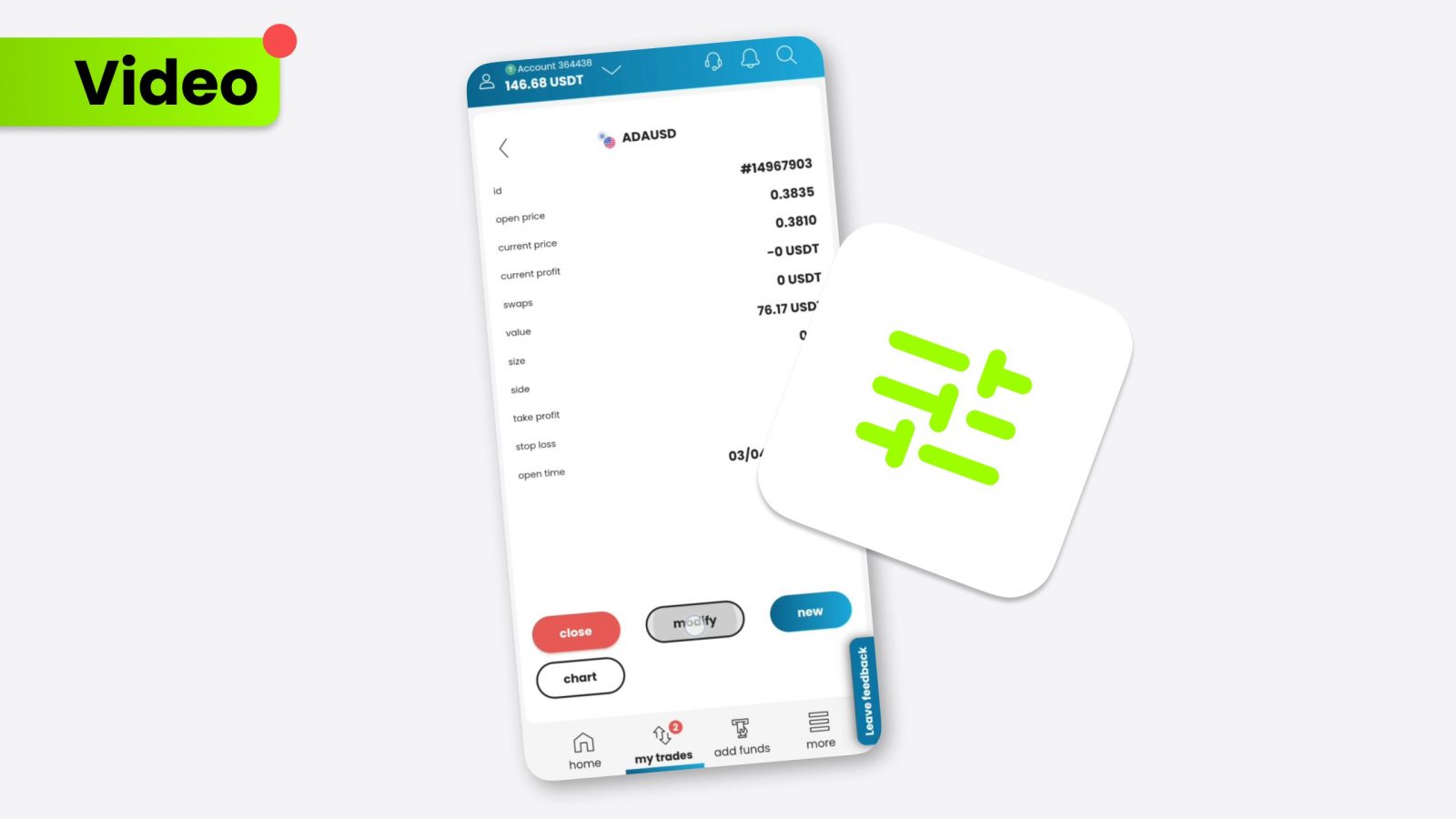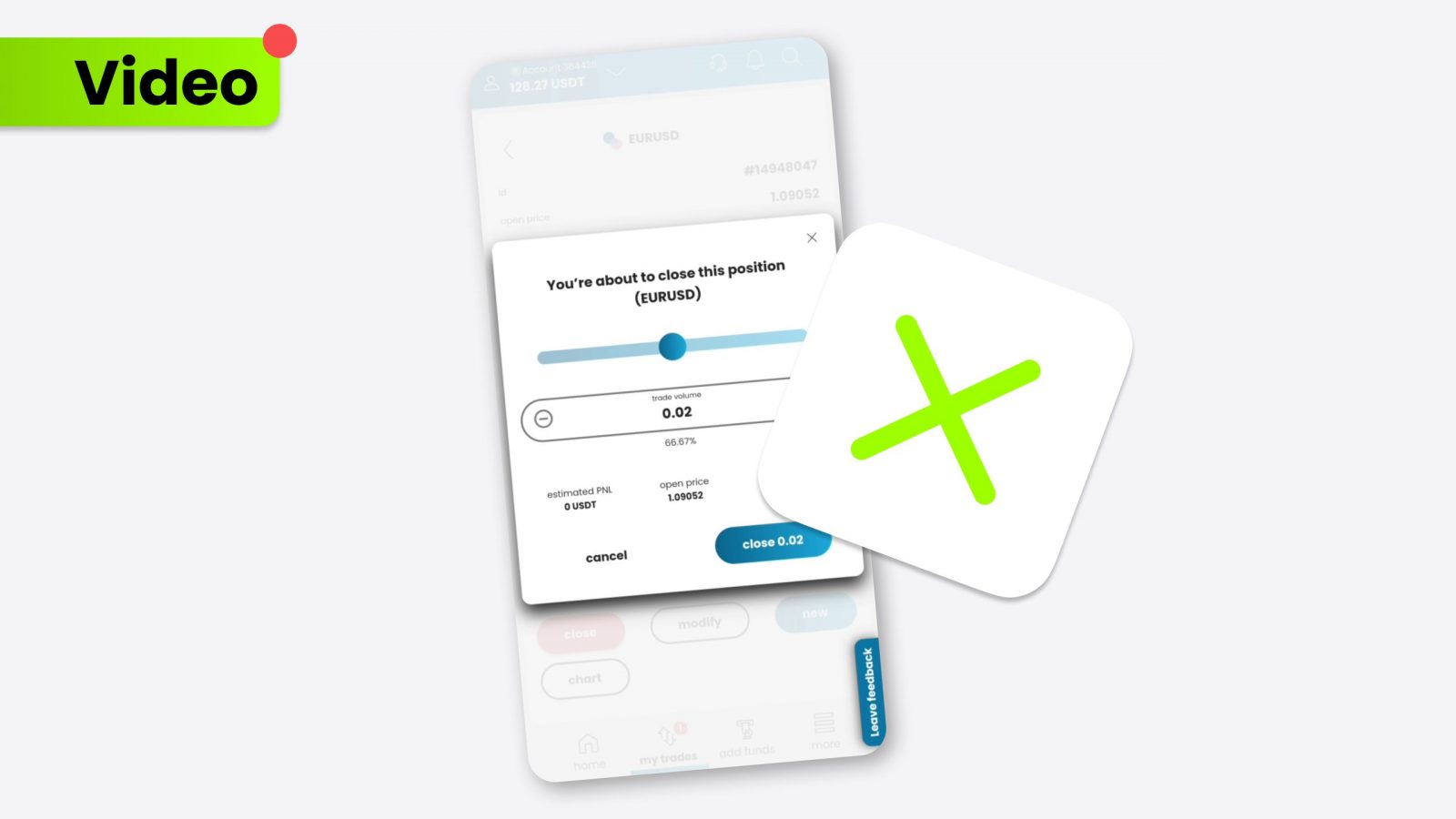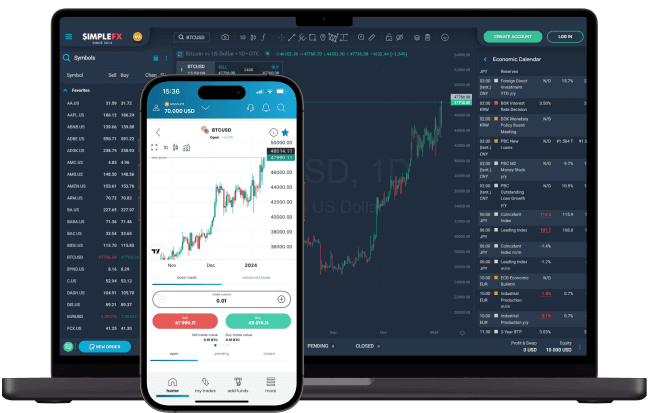Jobless claims are a crucial economic indicator that tracks the number of people filing for unemployment benefits after losing their jobs. Monitoring jobless claims helps economists and policymakers evaluate unemployment trends and make informed fiscal and monetary policy decisions.
- Learn about the significance of jobless claims as an economic indicator.
- Understand how jobless claims impact economic forecasts and market reactions.
- Explore the relationship between jobless claims and broader economic factors such as inflation and GDP.
What are jobless claims?
Jobless claims refer to the number of individuals who apply for unemployment benefits after being laid off. They are a key metric used to assess unemployment and are closely monitored by the FED and market analysts. A rise in jobless claims often signals an economic slowdown or recession, whereas a decrease indicates economic recovery and job market stability. Jobless claims data are released weekly and can significantly affect GDP growth projections, inflation expectations, and even currency strength, notably the U.S. Dollar.
Jobless claims and economic impact
Jobless claims influence a range of economic indicators, from the NFP (Non-Farm Payroll) report to inflation trends. For example, a spike in initial jobless claims might prompt the FED to adjust its monetary policy to counteract unemployment and stimulate the economy. Additionally, higher unemployment claims may negatively affect consumer spending, which in turn impacts the broader economy and corporate profits, often reflected in stock market fluctuations. During events like U.S. elections, jobless claims data can sway voter sentiment, especially when economic performance becomes a focal point.
Unemployment claims
Unemployment claims, including initial jobless claims and continued claims, provide insights into the ongoing health of the labor market. Initial jobless claims represent new applications for unemployment benefits, while continued claims track individuals still receiving those benefits. Both data sets are crucial for gauging unemployment, economic resilience, and inflationary pressures. A higher volume of unemployment claims could lead to slower GDP growth and increased scrutiny of U.S. Dollar performance in global forex markets.
Initial jobless claims and their significance
Initial jobless claims are among the most closely watched economic indicators. They represent the number of individuals who file for unemployment benefits for the first time after losing their jobs. Sudden increases in initial jobless claims can signal upcoming economic challenges while declining numbers point to recovery. This data influences FED decisions regarding interest rates and affects market sentiment across major asset classes, including the U.S. Dollar, equities, and bond markets.
In summary, jobless claims reflect more than just the labor market; they are a key piece of the puzzle in understanding the broader economic landscape. Analysts can better forecast unemployment, inflation, and economic growth changes by tracking these numbers.


